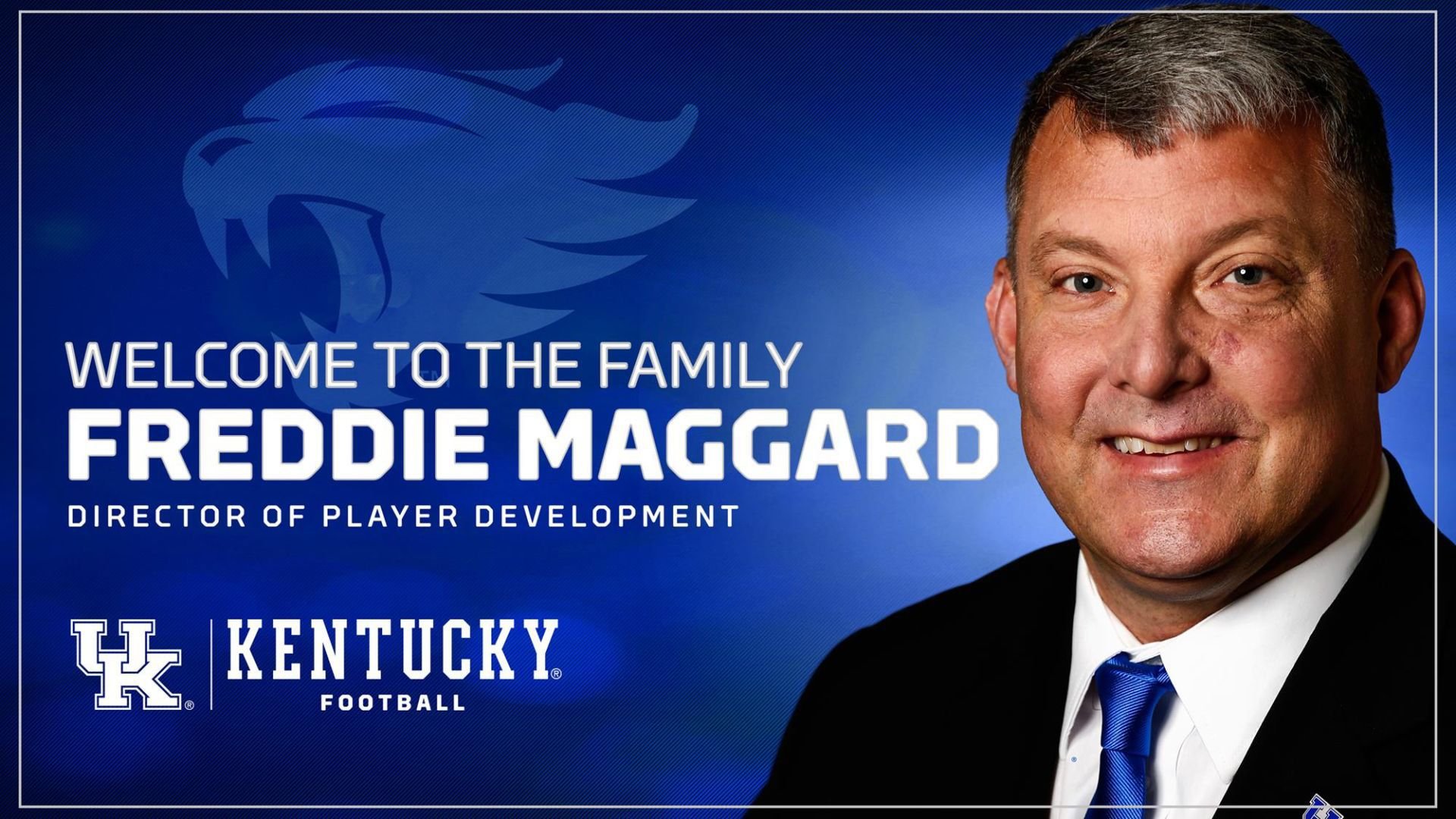
Sales are expected to drop further from there. That would be significantly less than the roughly 49% of adults in the United States and 62% of adults in Europe who have received at least one booster so far, or about 335 million people.Īnalysts have forecast revenue of over $17 billion for the Pfizer/BioNTech shot and $10 billion for Moderna's in 2023, about half of the $34 billion and $23 billion they expect this year, respectively. "The low hanging fruit is that 20%-25% of people who are so-called high risk for various reasons, and I think that is the population that is most likely to get it every year," he said. The United States and Western Europe - where about 600 million people are vaccinated - will remain important markets, but sales may be a fraction of what they have been, Cowen analyst Tyler Van Buren said. Moderna and Pfizer/BioNTech, which make messenger RNA vaccines that can be updated somewhat quicker than those from competitors, said they are developing vaccines targeting the Omicron variant of the virus. Moderna CEO Stephane Bancel estimated this population to be around 1.7 billion people, or some 21% of the global population. Moderna executives recently said those who would benefit from annual boosting include people over 50 and adults with other health risk factors or high-risk occupations, including healthcare workers. It will be the “already vaccinated” who account for demand, Bourla said. Pfizer Chief Executive Albert Bourla said in an interview that adults who are still unvaccinated are unlikely to seek out shots now, more than two years into the pandemic. It is also unclear if vaccine makers will sell a redesigned shot this fall and each fall afterward, as flu vaccine makers do to match circulating strains, and what impact that might have on waning demand. Second booster shots are currently recommended in some countries for only a subset of the population. It is not known yet how many booster doses will be needed. "It becomes a very competitive game with companies battling it out with pricing and for market share, even for vaccines that are considered to be the best, like Pfizer and Moderna," said Hartaj Singh, an analyst at Oppenheimer & Co. The roles of AstraZeneca Plc (AZN.L) and Johnson & Johnson (JNJ.N), whose shots have been less popular or effective, are expected to decline in this market.

vaccine maker Novavax Inc (NVAX.O) and Germany's CureVac NV (5CV.DE), which is working with GlaxoSmithKline (GSK.L), are developing vaccines they hope to target at the booster market. Pfizer, which makes its shot with Germany's BioNTech SE (22UAy.DE), and Moderna still see a major role for themselves in the vaccine market even as overall demand declines.


 0 kommentar(er)
0 kommentar(er)
